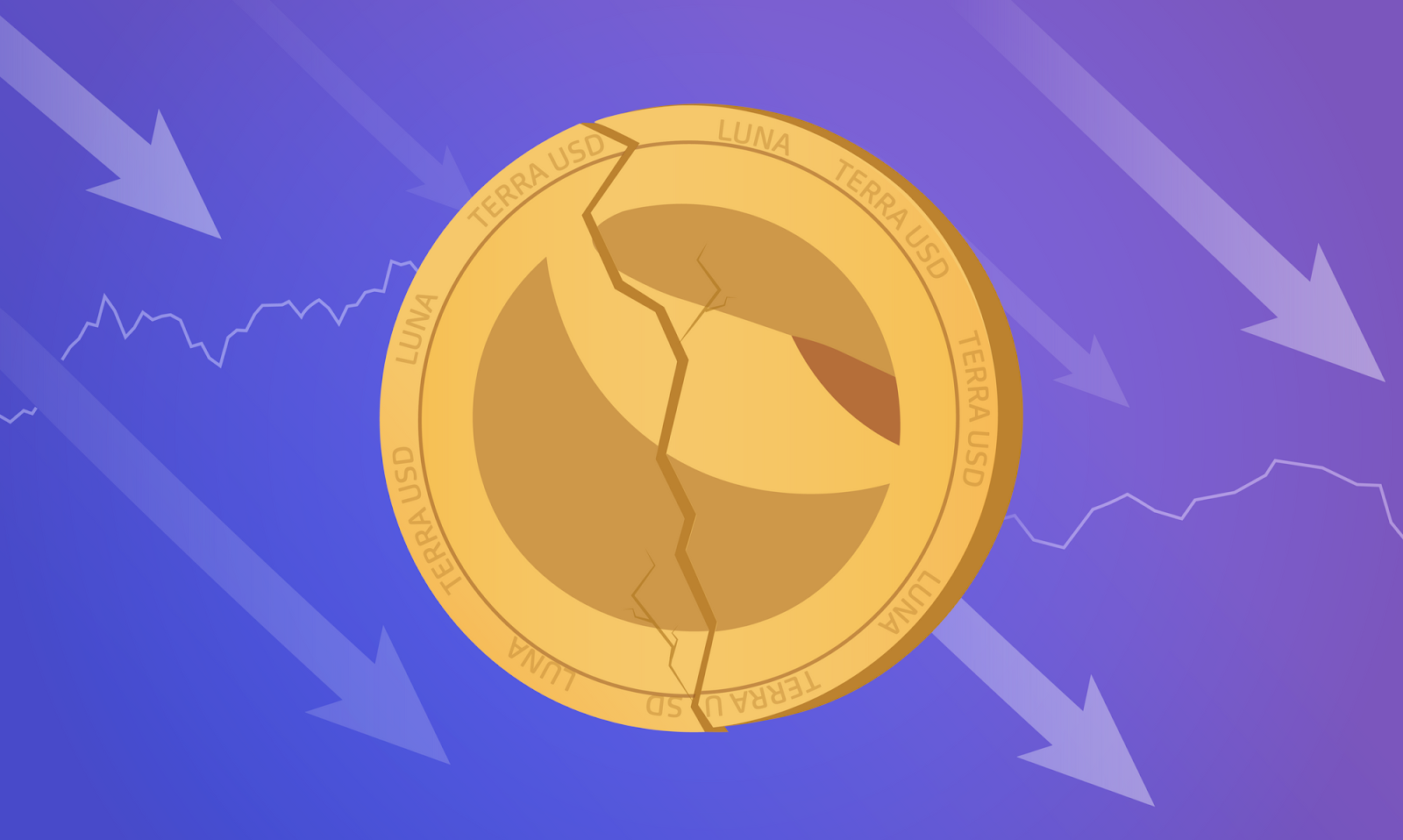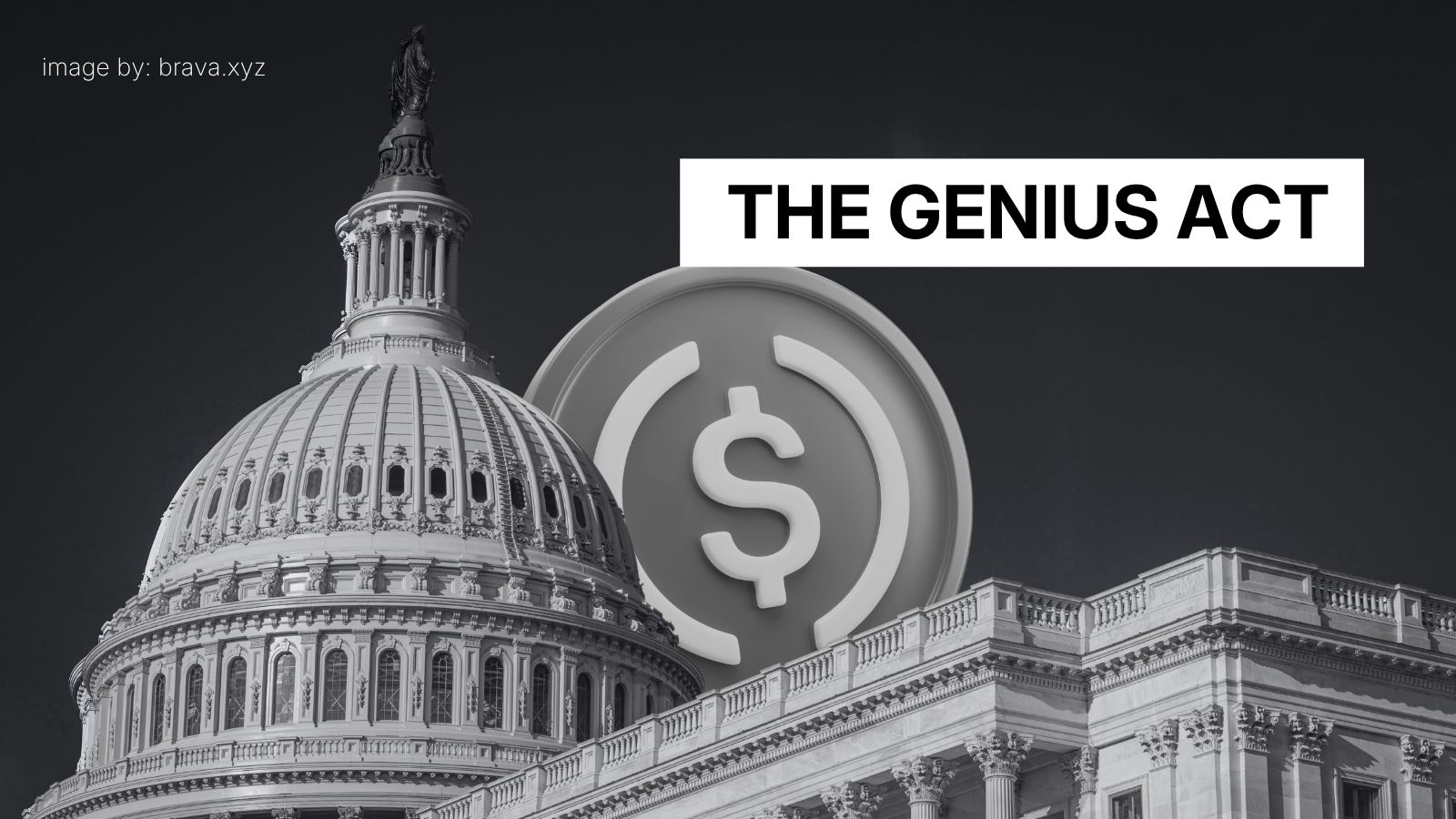Stablecoins are designed to bring stability to an otherwise volatile digital asset market. But as their role in global finance expands, so do questions about how resilient and trustworthy they truly are. Can stablecoins maintain their peg during market stress? How do different models perform when tested by volatility or regulatory friction? And what does it mean for professional capital allocators relying on stablecoins for yield and liquidity?
This article explores the true nature of stability in stablecoins by unpacking their mechanisms, examining risks, and evaluating how well they hold up under pressure.
Understanding the Mechanics Behind Stability
At the core of every stablecoin is a mechanism designed to maintain a consistent value. Most are pegged to fiat currencies like the US dollar. To do this, they use one of three models: fiat-backed reserves (such as USDC and USDT), crypto-collateralised designs (like DAI), or algorithmic systems (like the now-defunct TerraUSD).
Fiat-backed stablecoins are typically backed 1:1 with reserves held in cash or cash equivalents. This makes them straightforward and relatively transparent, assuming regular audits and adequate reserve management. Crypto-collateralised stablecoins, meanwhile, are overcollateralised and use smart contracts to maintain the peg. They are more transparent but can be exposed to crypto market drawdowns. Algorithmic stablecoins rely on supply and demand mechanisms to maintain price stability, but without sufficient collateral, they are prone to collapse under pressure.
The structure matters, especially for those using stablecoins for yield generation or cash management. A robust stablecoin management system begins with choosing the right collateral structure based on risk tolerance and use case.
Stability Under Stress

Stablecoins have been tested repeatedly. During the banking crisis in March 2023, USDC briefly depegged after Circle disclosed $3.3 billion in exposure to Silicon Valley Bank. Though it recovered within days, the incident revealed how quickly even the most reputable stablecoins can react to macro stress. Tether (USDT) has faced ongoing scrutiny about its reserves, yet it has maintained dominance during high-pressure periods. DAI, built on overcollateralisation and decentralized governance, has shown resilience but remains sensitive to fluctuations in ETH and other crypto collateral.
Algorithmic stablecoins, particularly TerraUSD (UST), serve as a warning. UST lost its peg in May 2022, triggering a $40 billion collapse in ecosystem value. That failure highlights how dangerous it can be to rely on peg stability when there is no asset backing or clear redemption path. For stablecoin treasury management systems, relying on algorithmic models is a risk no institutional allocator should take.
Risks Beneath the Surface

Stablecoins present several layers of risk, many of which are not visible on the surface. Regulatory risk is rising as governments tighten oversight and introduce legislation to bring stablecoins under official frameworks. The GENIUS Act in the United States and the MiCA regulations in Europe will define how reserve management, transparency, and redemption rights must function.
Operational risk is another factor. Custodians, issuers, and on-chain infrastructure must be resilient. A stablecoin is only as reliable as the weakest link in its ecosystem. For instance, a bug in a smart contract or a mismanaged reserve can threaten redemptions and liquidity. Liquidity risk also looms large. In a market-wide panic or flight to safety, even the most solid stablecoin can face redemption pressure that tests its collateral base.
Any effective stablecoin treasury management solution must actively monitor and mitigate these risks. This includes using only fully reserved and regularly audited stablecoins, diversifying across issuers, and preparing for redemption bottlenecks.
Yield vs Stability
Stablecoin yield management introduces a trade-off. To earn returns, capital must be deployed into protocols that generate yield, such as lending markets or liquidity pools. But these activities expose assets to smart contract, counterparty, and market risks. Platforms that promise high yield without addressing these risks are likely taking on hidden exposure.
This is why robust risk management is essential. Capital allocators must understand where yield comes from and ensure that lending protocols are overcollateralised, non-custodial, and battle-tested. The goal is not just to maintain capital value but to do so while delivering yield in a repeatable, risk-adjusted way. Without this discipline, the so-called stability of stablecoins becomes a fragile illusion.
Stable, but Not Risk-Free
Despite their name, stablecoins are not immune to volatility, operational challenges, or black swan events. They are designed to be stable, not guaranteed. For institutions, funds, and sophisticated individuals using a stablecoin management system, treating stablecoins as cash equivalents without assessing their underlying dynamics is a strategic oversight.
However, when used responsibly, stablecoins can serve as powerful tools for yield generation, liquidity access, and cash diversification. The key is in building the right infrastructure—smart vaults, risk controls, diversified exposure, and constant monitoring.
The stability of stablecoins is not automatic. It must be engineered, managed, and maintained through thoughtful systems and informed decisions.
Stability Is Earned, Not Assumed
Stablecoins are evolving. As adoption grows and regulatory frameworks solidify, the market will likely favor those stablecoins with transparent reserves, consistent redemption models, and institutional-grade infrastructure. But the road to mass adoption will include volatility, setbacks, and continued scrutiny.
For professional capital allocators, now is the time to reassess how stability is defined and implemented across digital asset operations. The question is not whether stablecoins will remain stable, but whether your stablecoin management system is built to withstand what comes next.
Don't wait for the next stress event to reveal hidden vulnerabilities. Build resilience now.
About Brava
Brava is a high-yield cash allocation platform that gives professional investors access to blockchain-based stablecoin credit markets. By routing capital into hundreds of secure, overcollateralised lending pools, Brava delivers automated, transparent, and risk-adjusted yield. Users retain full control of their assets through non-custodial smart vaults. Built for capital allocators, Brava combines institutional-grade infrastructure with next-generation financial access.
.jpg)